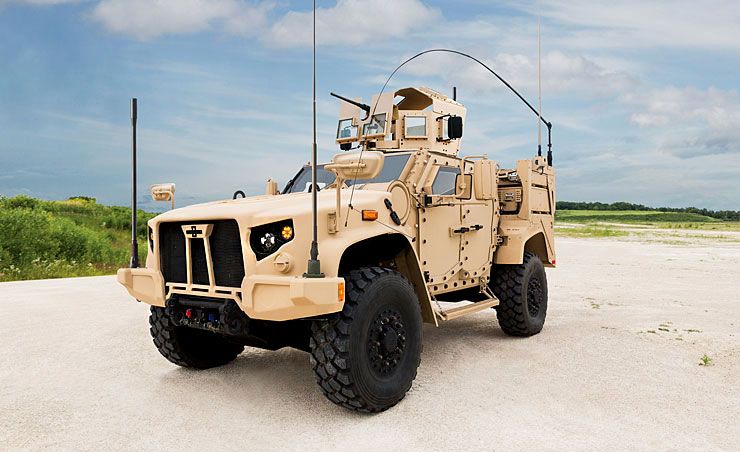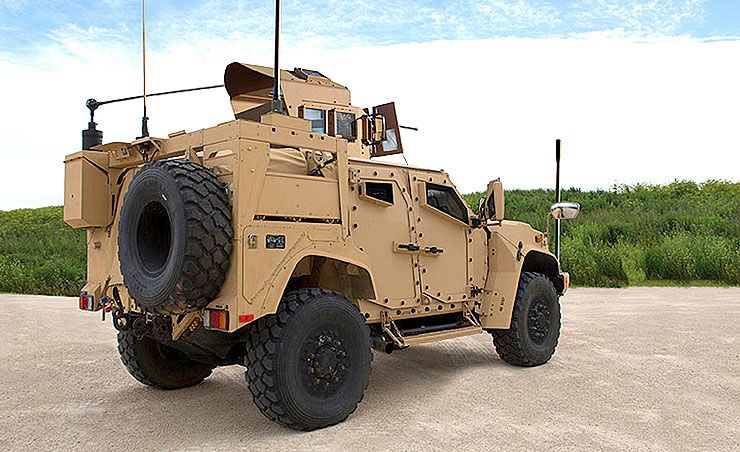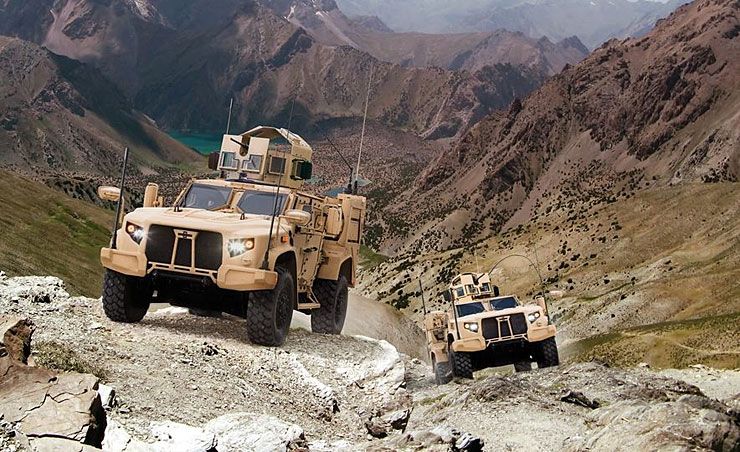The Humvee has cemented itself into American and military culture. Whether it’s on the battlefield or at the site of a disaster, the iconic Humvee has served the United States loyally since 1985, and over those 30 years more than 281,000 “Humvees” have rolled off the AM General production lines.
US Department of Defense (DOD) initiated Joint Light Tactical Vehicle (JLTV) program to replace and improve upon the aging Humvee.
–
Now, its replacement, the Joint Light Tactical Vehicle (JLTV) – designed to replace Army and Marine Humvees in front-line service – is ready to roll out.
–
The JLTV FoV consists of two variants: the 4-seat Combat Tactical Vehicle (CTV) and the 2-seat Combat Support Vehicle (CSV). The CTV will support the General Purpose, Heavy Gun Carrier and Close Combat Weapon Carrier missions. The CSV will support the Utility/Shelter Carrier mission.
The JLTV is transportable by a range of lift assets, including rotary-wing aircraft, to support operations across the range of military operations. Its maneuverability enables activities across the spectrum of terrain, including urban areas, while providing inherent and supplemental armor against direct fire and improvised explosive device threats.














Facebook Comments